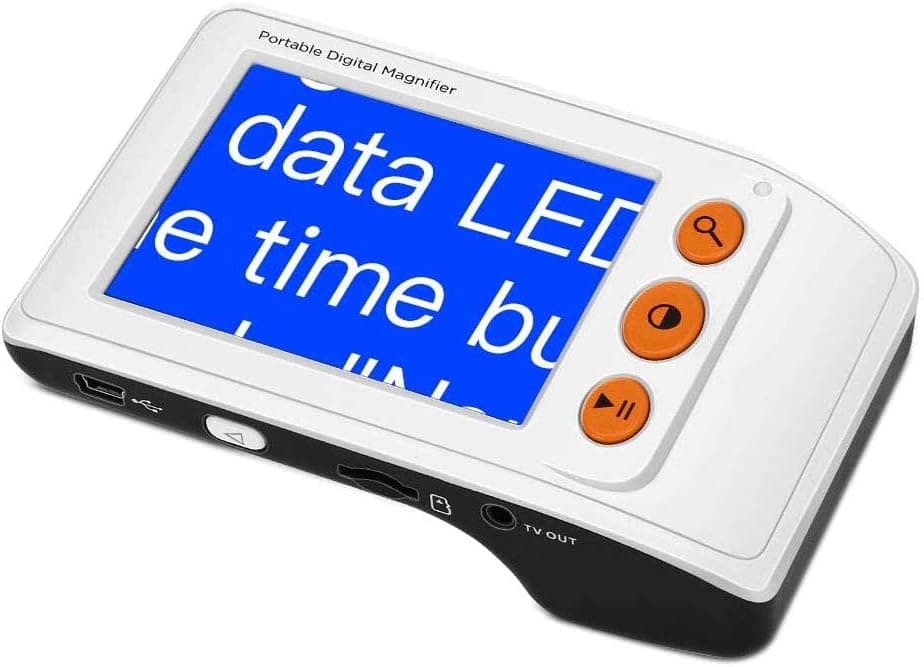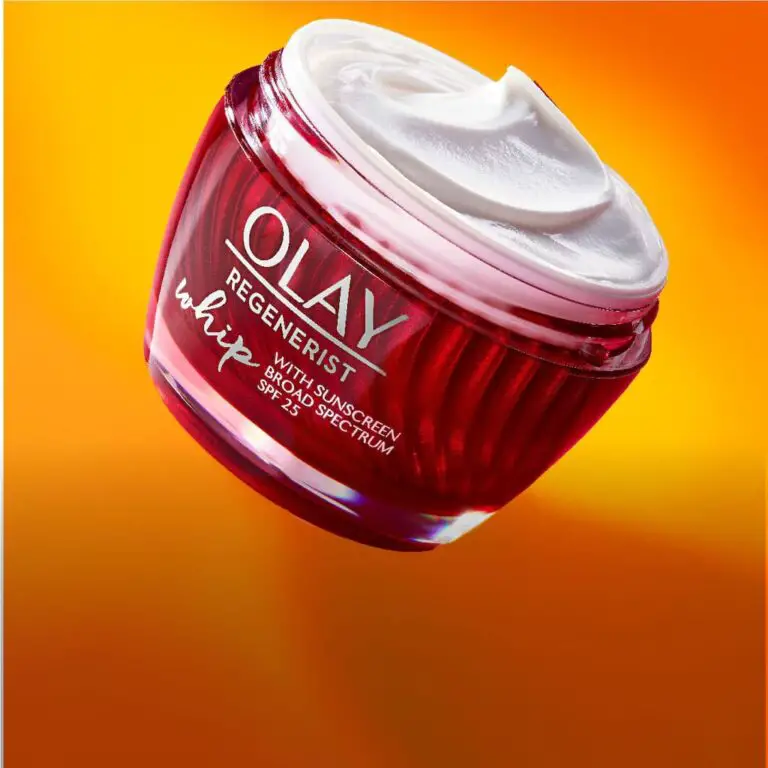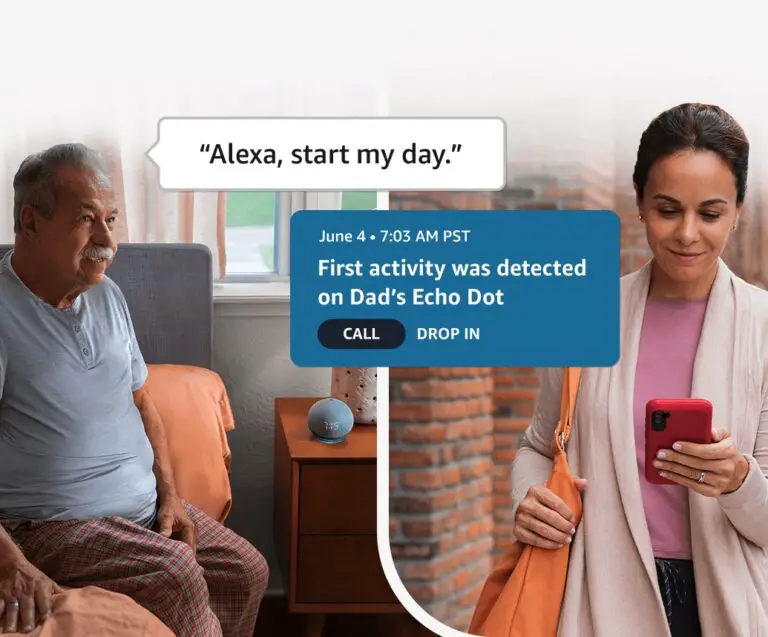Best Low-Vision Products for Seniors
As senior citizens seek different tools to enhance their day-to-day experiences, technology has stepped up to help those with vision impairments. Low-vision products have become necessary aids, providing a renewed sense of independence for countless seniors.
Macular degeneration is a common eye condition that can cause blurred or reduced central vision. Some of the best reading devices for people with macular degeneration include electronic magnifiers, portable video magnifiers, closed-circuit televisions (CCTVs), and tablets or e-readers with features like adjustable text size, contrast, and backlighting.
These devices can help make text larger and easier to see for those experiencing vision loss from macular degeneration.

What Are the Best Low Vision Products for Seniors?
As we age, certain visual challenges can become a barrier to daily activities, lowering the quality of life for many seniors. However, thanks to technological advancements, there are now products specifically designed to address these challenges, ensuring that seniors with low vision can continue to enjoy reading, crafting, and other visual tasks with greater ease.
Among the best low-vision aids for seniors are the following:
- Eyoyo Digital Magnifier – a compact device with a high-resolution display, offering adjustable magnification levels to cater to individual needs.
- Eschenbach SmartLux Digital Portable Magnifier – Known for its portability and clarity, this magnifier is a favorite among those who need vision assistance on the go.
- Eschenbach Visolux Digital HD – a top-tier product offering HD visuals, multiple color modes, and an intuitive interface designed for the elderly user.
Eyoyo Digital Magnifier
The Eyoyo Digital Magnifier stands among many other similar products in terms of innovation. Designed with the needs of the elderly in mind, this device not only enhances visual experiences but also provides a sense of confidence for the individuals who use it. Its ergonomic design ensures it fits comfortably in the hand, and the intuitive controls mean that even those not tech-savvy can master its use quickly.
Top Features
Packed with thoughtful features, the Eyoyo Digital Magnifier ensures that users not only see better but also enjoy a seamless and efficient interaction with the device. Here’s what sets the Eyoyo apart:
- The Eyoyo boasts a sharp, high-definition screen that makes text, photos, and other visuals crisp and clear.
- Depending on individual needs, users can adjust the magnification to their preference, ensuring optimal clarity every time.
- To cater to different types of vision impairments, this product offers several color modes like inverted colors and grayscale, which can be immensely helpful in increasing contrast for reading or viewing images.
- Lightweight and compact, it’s easy to carry it wherever you go, ensuring you have your vision aid handy at all times.
- For prolonged use, the Eyoyo is equipped with a long-lasting battery, minimizing the frequency of recharges and maximizing utility.
The Eschenbach Smartlux Digital Portable Magnifier
The Eschenbach SmartLux Digital Portable Magnifier combines both sophistication and user-centric design, aiming to provide seniors with an unparalleled visual aid experience. Its features are carefully crafted to meet the diverse needs of those with low vision, ensuring that every interaction is intuitive, clear, and fulfilling.
Top Features
This device is a great fusion of technology and user-friendly design, ensuring seniors receive top-notch vision support. Delving deeper into its capabilities, here are the distinguishing features that elevate the SmartLux Digital above the rest:
- The SmartLux Digital impresses with its vibrant, high-definition display, rendering every text, photo, or object with exceptional clarity.
- Users can seamlessly toggle between various magnification levels, ensuring they always have the right zoom for every task.
- With an array of color modes, including inverted colors and grayscale, the SmartLux Digital caters to a range of vision needs, enhancing contrast and making content more visible.
- Its user-friendly design ensures it’s not only easy to operate but also comfortable to hold, making prolonged use a breeze.
- A testament to its efficiency, this product has a durable battery, reducing the need for frequent charges and ensuring the device is always ready when needed.
The Eschenbach Visolux Digital HD
The Eschenbach Visolux Digital HD sits at the very peak of cutting-edge technology combined with ergonomic design, created specifically to address the visual needs of seniors. This device is more than just a magnifier – it’s an ally for those who refuse to let visual impairments obstruct their daily activities.
Top Features
Embodied within its sleek design, the Visolux Digital HD is brimming with features that make it a top choice for low-vision support. Here’s a closer look at its standout characteristics:
- The Visolux Digital HD prides itself on its outstanding high-definition display, ensuring that every detail, whether it’s text or an image, is presented with utmost clarity.
- With a range of zoom options at the user’s fingertips, finding the perfect magnification level for any task becomes seamless.
- Catering to diverse visual requirements, the Visolux Digital HD offers an array of color settings, from high contrast modes to monochromatic displays, making visuals more striking and clear.
- Its design prioritizes user comfort and efficiency, ensuring that the device is not only intuitive to navigate but also comfortable for prolonged use.
- Designed for extended sessions, this product comes equipped with a robust battery, ensuring users spend more time utilizing the device and less time charging it.
Low Vision Aids for Seniors Enhance Their Quality of Life
In the modern age, technology continues to bridge the gap for seniors struggling with vision challenges. Products like the Eyoyo Digital Magnifier, Eschenbach SmartLux Digital Portable Magnifier, and the Eschenbach Visolux Digital HD serve as powerful devices that provide clarity and ease of use. These devices, each with their unique features and capabilities, ensure that visual impairments don’t obstruct a senior’s quality of life.
What Are the Best Reading Devices for Macular Degeneration?
Here are some of the best reading devices for people with macular degeneration:
- Electronic magnifiers – These are handheld devices that use a camera and LCD screen to magnify text and images. They allow you to adjust magnification, contrast, and brightness to make reading easier. Popular models are the Pearl, Ruby, and Onyx.
- Closed circuit televisions (CCTVs) – These use a moveable camera over a reading surface along with a monitor to enlarge text. CCTVs allow higher levels of magnification compared to handheld magnifiers. Options like the Clearview and Optelec Clearview+ Flex offer a tilting screen.
- Tablets – Tablets like the iPad provide built-in accessibility features like font magnification, contrast adjustment, and text-to-speech. Add-on stands allow hands-free use. Apps like Zoom Reader provide additional reading assistance.
- E-readers – Amazon’s Kindle and the Nook from Barnes & Noble allow text enlargement and adjustable contrast. The lack of backlighting reduces glare. Consider E-ink screens for less eye strain.
- Audio books – Services like Audible provide digital audiobooks that can be played on smartphones, tablets, computers, and dedicated devices like the Victor Reader Stream. This enables reading by listening.
The most important factors are high magnification capability, adjustable contrast and backlighting, and comfortable ergonomics. Consulting a low vision specialist can help identify the optimal device based on level of vision loss. Portable electronic magnifiers are a good starting point for many.
What Are the Different Types of Low Vision Products Available?
There are various types of low vision products available to help people with visual impairments.
Some common categories include magnifiers, reading aids, writing aids, lighting, electronic devices, and glasses. Specific products include handheld magnifiers, stand magnifiers, CCTVs (closed-circuit televisions), large print books and devices, audiobooks, bold lined paper, bold felt tip pens, signature guides, lamps, electronic video magnifiers, electronic reading devices, special filters and glasses, and many other tools.
These products come in a range of styles, sizes, and magnifications to suit different visual needs and preferences. They can make reading, writing, watching TV, and other daily activities easier for those with low vision.
What Are the Benefits of Using Low Vision Products?
Using low vision products has many benefits for people living with visual impairments. Magnification aids make text and images larger and easier to see. Reading aids provide accessibility to books, magazines, mail, etc.
Writing aids assist with signing documents or jotting down notes. Special lighting reduces glare and provides optimal illumination. Electronic magnifiers and audiobooks enable reading through new methods. Glasses and filters can sharpen vision and reduce glare.
Overall, these products improve quality of life by increasing independence and ability to participate in work, hobbies, and social activities. They support continuing education and employment. Low vision products give users more control over their surroundings and daily tasks.
What Are the Challenges of Living With Low Vision?
There are many unique challenges faced by individuals living with low vision or visual impairments. Reduced ability to see or interpret visual details can make daily tasks difficult and lead to reliance on others.
Reading regular print, recognizing faces, watching TV, cooking, shopping, cleaning, driving and other activities may become challenging or unsafe. People with low vision are at higher risk for falls and accidents. Vision loss can lead to social isolation, depression, and loss of independence. Navigating in public places with low vision can be difficult.
Finding accessible materials, technology, and support services can also be a struggle. Advocating for one’s own needs and educating others presents further challenges. Overall, low vision requires adapting to a world largely designed for the fully sighted.
How Can I Choose the Right Low Vision Products for Me?
Choosing appropriate low vision products requires considering your specific visual condition, needs, and lifestyle.
First get a comprehensive eye exam to understand your level of vision loss and needs. An eye doctor or low vision specialist can recommend options tailored to you. Evaluate your routine activities and where you most need assistance – reading, writing, watching TV, hobbies, etc.
Trying out products before buying is wise to find the best fit. Compare features like magnification level, size, weight, comfort, and ease of use. Assess lighting needs as well.
Consider your willingness to adapt to new devices. Choose products with room to adjust as vision changes over time. Seek training on proper use. Read consumer reviews of products. Compare costs, from simple magnifiers to high-tech options. With some guidance and trial and error, you can find the low vision aids that work best for you.
Where Can I Find Resources for People With Low Vision?
There are many resources available to support and assist people living with low vision or blindness.
Nonprofits like the American Foundation for the Blind, Lighthouse for the Blind, and VisionAware provide education, tools, support groups, and advocacy. State and local agencies for the blind offer services including training, library assistance, and accessible reading materials.
Eye doctors, low vision optometrists, and occupational therapists can help with clinical low vision evaluations, product recommendations, assistive equipment, and skills training. Support groups connect people with low vision to share experiences. Independent living centers assist with skills and accommodations for vision loss.
Libraries lend accessible books and some offer assistive technology centers. Schools for the blind provide education services for visually impaired students. There are also online resources, assistive technology vendors, and more to help equip those with low vision.
What Are the Latest Advances in Low Vision Technology?
New developments in technology are expanding possibilities for people with low vision and blindness. Recent innovations include wearable electronic magnifiers that can stream content to smart glasses, improved text-to-speech and reading tools like advanced screen readers, next-generation Braille displays and notetakers, and new apps that audibly describe surroundings to aid navigation.
There is increasing adoption of voice assistants and smart home technology controlled by speech. AI is improving accessibility features in mainstream technology. New materials are enhancing VR tools for the visually impaired. Brain-computer interfaces and retinal implants are emerging to potentially restore vision.
Other advances on the horizon involve self-driving vehicles, smart navigation/object identification tools using computer vision and machine learning, and 3D printing of customized assistive devices. While challenges remain in areas like usability and cost, technology holds much promise for improving independence and quality of life.
How Can I Stay Independent and Active With Low Vision?
Despite the challenges of low vision, there are many ways to pursue an independent and active lifestyle. Using magnification, lighting, and other assistive devices allows you to read, write, and manage daily tasks. Making adjustments at home like decluttering walkways or using color/texture contrast can aid navigation.
Utilizing available transportation lets you get out and about independently. Learning new skills like using a white cane, reading Braille, or using assistive technology fosters independence. Audio books, radio, talking electronics and screen readers provide entertainment and information access.
Involvement with social groups, hobbies, and local community activities prevents isolation. Physical activity aids mobility and confidence. With proper precautions, independent home life is very possible. Staying updated on the latest low vision resources allows you to fully utilize all options.
Being proactive and asking for support when needed is essential. Having a positive attitude and sense of self-determination is invaluable on the journey towards independence.
How Can I Advocate for the Needs of People With Low Vision?
Advocating for the low vision community helps increase access and inclusion. Write letters calling for improved accommodations and accessible design whenever barriers are encountered. Provide feedback to companies on their products’ usability.
Call on libraries, schools, and agencies to provide assistive services and technologies. Advocate for policies like the Americans with Disabilities Act that establish rights and protections. Support organizations serving the visually impaired through volunteering or donations.
Share your experience and perspectives on low vision through blogging, speaking at events, or becoming a peer mentor. Ensure educational materials portray people with low vision positively and accurately.
Seek to understand the diverse challenges within the low vision community. Stay informed on the latest low vision research and innovations to recommend ways new developments can help meet the community’s needs. Political advocacy through voting and contacting elected officials can enact change too.
There are many avenues to raise awareness so others gain understanding of how best to accommodate and empower people with low vision.
Frequently Asked Questions
-
What low vision device provides the widest field of view?
The best reading aids are not as wide-angle, but reading glasses have the largest field of vision. Stand magnifiers (Figure 2) allow users to view small prints and larger images from a greater distance away.
-
How much does a pair of Esight glasses cost?
This number rises by 75,000 each year. The smart glasses called eSight3 are designed to help those with eye conditions like Stargardt disease and optic atrophy. The eSight3 glasses cost about $10,000.
-
What is low vision glasses?
Low vision glasses: What is it? Wearable, low-vision glasses can be used to aid the visually impaired in close-up and distant vision tasks. This hands-free device allows you to move around easily.
-
Does insurance cover low vision devices?
Medicare will usually pay for low vision exams by eye doctors, but not for low vision devices. Private insurance companies may reimburse both for the low vision exam and the advice.
-
Which device is very useful for person with low vision?
Projectors, tablet, screen readers and video magnifiers are all electronic aids. Optic aids can be binoculars and magnifiers as well as spectacles and telescopes. These devices make objects easily readable and visible.
-
What is the difference between low vision and blindness?
Low vision is a condition that does not allow for the correction of vision with surgery, glasses or contact lenses. It isn’t considered blindness because it preserves some of the vision. Low vision can mean blurred or misaligned vision.
-
What kind of sunglasses should you wear if you have macular degeneration?
You will be able to use lenses with an amber or grey tint. Opt for lenses that do not transmit blue light. By holding your glasses in front of a lamp, you can determine the wavelength of light that the lens lets through.
-
Does low vision glasses work?
Devices and low vision aids can help you see around the daily challenges that eye conditions like macular degeneration and diabetes, as well as retinitis pigmentosa and diabetic retinopathy. These devices have been a huge success.
-
What is considered low vision prescription?
Diagnoses of Low Vision: 20/30-20/60 vision is in the better eye. This vision can be corrected with glasses. Moderate low vision refers to vision of 20/70-20/130. 20/200-20/400 vision is considered severe low vision.
-
Are low vision glasses expensive?
For devices similar to Sherlock Holmes magnifiers or those that are more focused like jeweler’s eyes, the most cost-effective options start at free up to $30. These magnifiers are great for everyday use.






